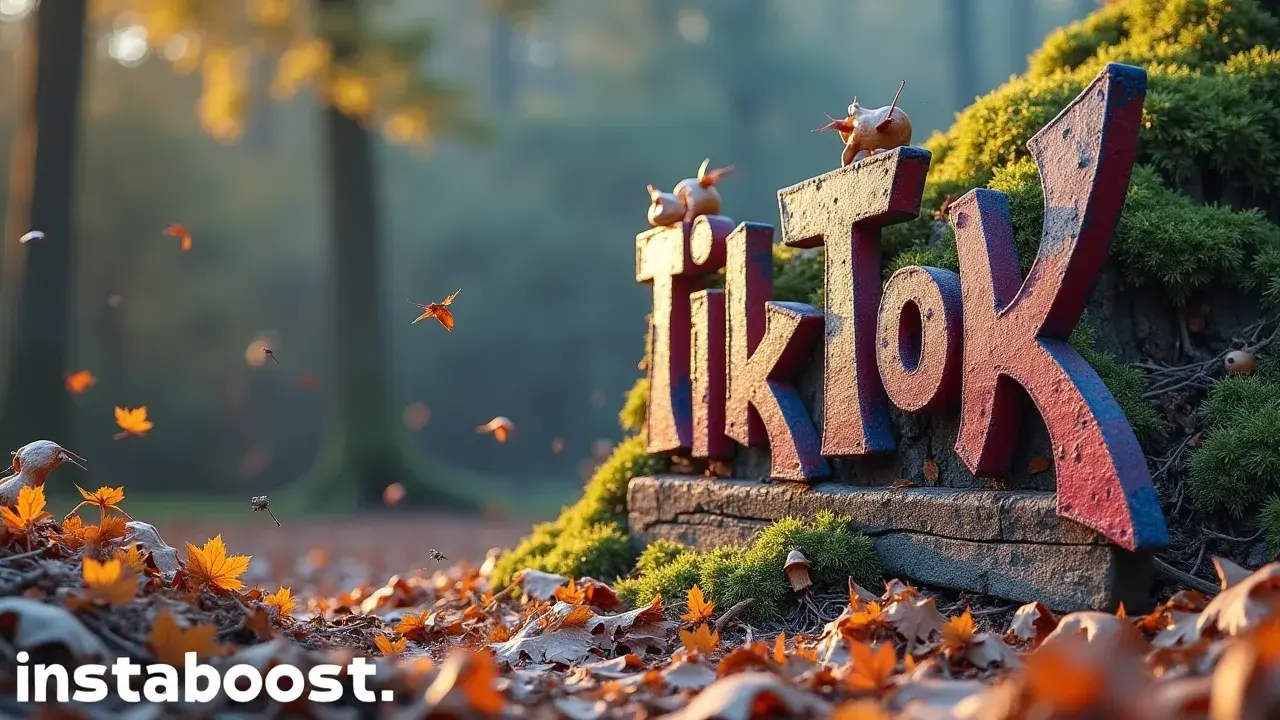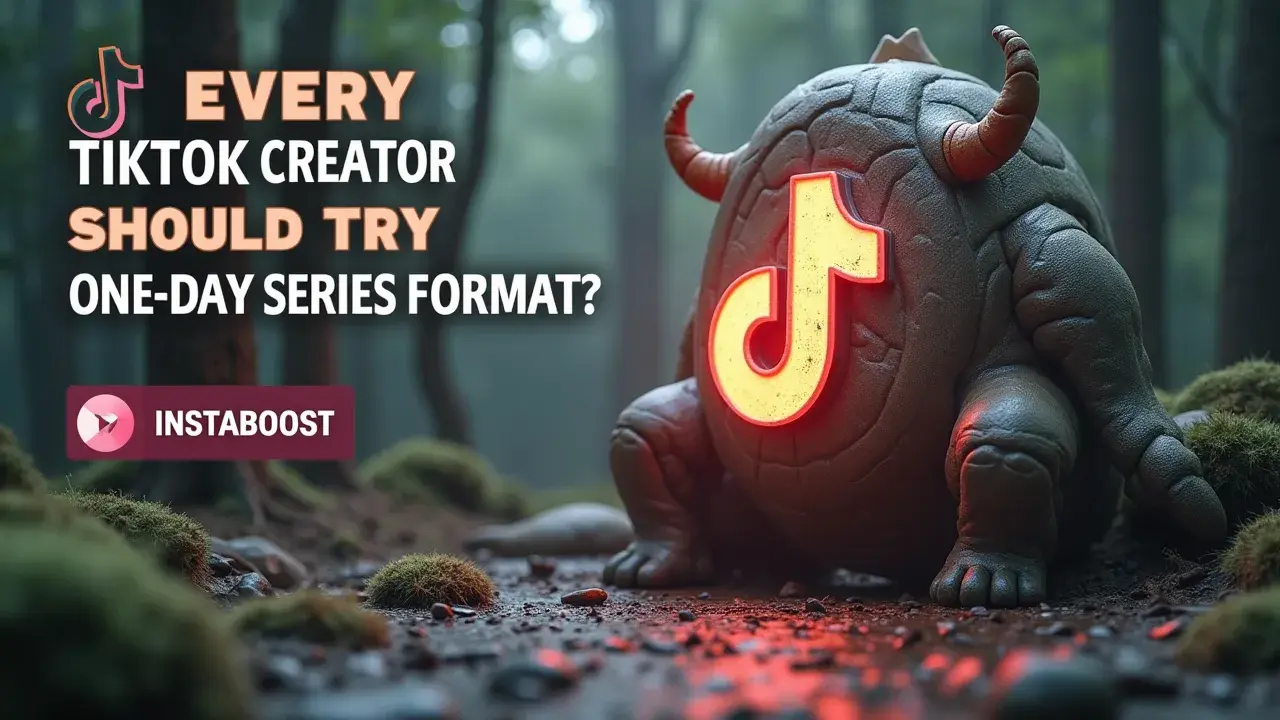Should Every TikTok Creator Try a One-Day Series Format?
Adopting a one-day series can boost engagement and sharpen storytelling on TikTok. Concentrating a narrative into a single day encourages bingeable pacing and clear hooks across consecutive posts. It works best when episodes are tightly scoped, maintain consistent visual style, and deliver quick payoffs that match audience attention patterns. When planned with a defined arc and measurable checkpoints, this format can reveal what resonates fastest and guide future creative choices.
Why TikTok Creators Need the One-Day Series Format
Lately, I’ve noticed more TikTok creators are trying out something called the “one-day series” approach, and it’s changed how a lot of people tell stories there. Instead of spreading out a story over a string of videos for weeks, the whole thing – start to finish – happens in a single day.
For people making videos, it takes some of the pressure off. You don’t have to worry about keeping an audience hooked for a long time or overthinking every step. Since you’re only planning for a day, it feels easier to try out new ideas or mess around with different audio or trends when they show up. For someone watching, it’s nice because you don’t have to wonder if you’ll ever get the rest of the story – you see everything play out in one go.
For people making videos, it takes some of the pressure off. You don’t have to worry about keeping an audience hooked for a long time or overthinking every step. Since you’re only planning for a day, it feels easier to try out new ideas or mess around with different audio or trends when they show up. For someone watching, it’s nice because you don’t have to wonder if you’ll ever get the rest of the story – you see everything play out in one go.
TikTok moves fast and people’s attention is everywhere, but they still want stories that feel complete. This kind of format fits that – it’s easy to watch, and you get the whole thing right away. I think a lot of creators are also figuring out what works to reach new people on TikTok with this approach, since you can quickly see what resonates and try something different next time without a long wait.
I’ve seen accounts using tools like INSTABOOST get some real momentum with this, so it doesn’t really feel like a passing trend. It’s less about chasing something viral and more about having a way to keep making things that people actually come back for.

What Too Many Creators Get Wrong About Series Formats
I’ve watched some promising campaigns lose steam because of this exact thing. On paper, it sounds reasonable to stretch a story across several weeks, but the reality is, people on TikTok tend to move on pretty quickly. Unless you already have a huge following, most viewers won’t bother coming back for the next part. Over time, I’ve noticed that sharing everything in a single day makes a huge difference. When you post the whole story at once, you skip the drop-off that happens when people need to wait or get distracted by something else. They can follow along while they’re still interested, and you don’t have to worry as much about losing them.
For creators, it means you get responses right away and can see pretty quickly what works and what falls flat. You can adjust your approach while you’re still in the middle of things, instead of waiting weeks to see if something is connecting. It’s a dynamic you really notice when thinking about TikTok growth via followers, since retention often matters just as much as views. I think it helps to try this at least once, not to game the system but to line up with how people actually use TikTok. If you’re looking to understand why some ideas catch on and others don’t, looking at when and how you share your story might be a good place to start.
How to Craft a One-Day Series That Actually Works
A lot of the time, a good idea just starts as something you can’t quite explain, but it feels right. If you’re considering doing a one-day series on TikTok, you’re working with the way the app is built – people want something quick, something they can get into easily, and a story that ties up without dragging on. It helps if you give yourself a basic outline: where it starts, where it’s going, and how it finishes. You don’t need a full script, just enough to know what each part will add to the whole. It’s not like planning a TV miniseries; it’s more about telling something real or interesting in a handful of short clips, making sure each one brings a little more to the story.
Using popular sounds or remixing audio isn’t just a trend – it actually gets more eyes on your videos, and it gives people something to connect with or respond to. Keeping things moving matters, both for the people watching and for yourself. You could throw in a visual detail or a reference that comes back in a later part, so viewers can spot little links between the videos without feeling lost. The nice thing about a one-day series is that people can watch the whole thing in one go, while they still care about it.
Sometimes, the way these series connect with people is what helps them get popular with more TikTok likes, even if you planned it all out on sticky notes. The goal isn’t to make it flawless; it’s to get your idea out there and see who it reaches. Sometimes, when you do it this way, people stick around – not because it’s perfectly made, but because they can tell you’re trying to share something real, and that’s what makes them want to see what you do next.
When a One-Day Series Isn’t the Magic Fix
For a while, I really thought stretching my story across a week on TikTok would keep people coming back. The idea was that if each part ended on a note that left people curious, they’d want to see what happened next. But by the third day, the views were dropping.
That’s when it dawned on me that spacing things out isn’t what makes something worth watching all the way through. If I’m being honest, it’s more about respecting people’s time – if I’m not saying anything new or if I’m repeating myself, it doesn’t matter how I pace it, people will move on. I remember once reading about people who try different ways to boost TikTok video views, but honestly, none of that matters if the idea behind it isn’t strong or if it just feels like the same thing they’ve already seen.
It’s easy to get caught up in the idea that pushing out lots of episodes or updates will trick the algorithm into paying attention, but the real challenge is having something original to say and a reason for people to care about it. When I look back, the series that actually held up were the ones where I paced the story in a way that felt natural, made sure each part moved things along, and ended with something that felt like it mattered – not just because it was quick to get through. It makes me think, before starting another series, I should probably ask myself if there’s actually something here that I’d want to follow, or if I’m just hoping the format will do the work for me.















